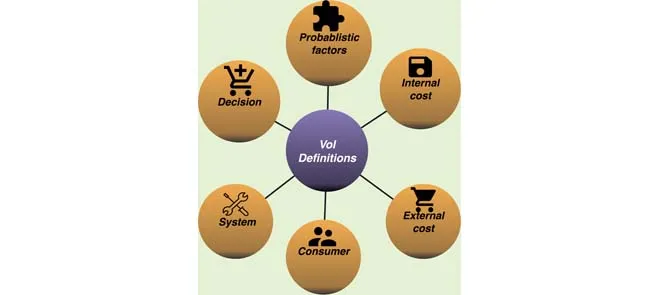Value of Information in Wireless Sensor Network Applications and the IoT: A Review
The Industrial Internet of Things (IIoT) is reshaping industries, harnessing sensor data for intelligent decision-making. However, the escalating volume of data has created challenges like limited resources, system latency, energy inefficiency, low bandwidth, and poor connectivity.
To tackle the challenge of data volume in applications like Wireless Sensor Networks (WSNs) and the Internet of Things (IoT), the concept of Value of Information (VoI) was applied. The VoI prioritizes the quality of information over quantity, filtering the redundant data. Over the years, depending on network sensing type, mobility and end-user requirements, various approaches have come up to calculate VoI.
The paper provides a comprehensive and structured study of the existing Value of Information (VoI) and its applications in WSNs and IoT. The study has reviewed various calculation approaches of VoI and its use in different types of WSNs, such as terrestrial, underwater, vehicular, and multimedia networks, as well as in fog computing. For example, VoI is integrated into path-planning algorithms for uncrewed automated vehicles and mobile sinks. In fog computing, VoI optimizes system resources by filtering out data with low VoI.
VoI can be multi-objective and approximated using metrics such as Quality of Information (QoI) or Age of Information (AoI). QoI attributes evaluate the value of an information object based on factors including relevance, proximity, timeliness, importance, concentration, and popularity. Age of Information (AoI) techniques apply exponential decay functions to express the value over time. Other approaches determine Vmax values based on the information object, its application, and other subjective characteristics.
Information metrics assess VoI by measuring the information in observations, providing a probabilistic representation of VoI to reduce uncertainty in actions and environmental modeling. New observations update prior beliefs about the probability distribution of the environmental model using a Bayesian approach. Statistical priority methods prioritize important information in machine-to-machine communications, including threshold, data similarity, trend similarity, 2-D frame correlation, and alarm data, which is given the highest priority.
Most approaches use VoI to optimize system internal operation, as limited resources are a significant design constraint in WSNs and IoT. VoI filters redundant data that doesn't contribute to system utility. Another technique, Expected VoI (EVoI), tries to filter data at the acquisition level by predicting the value of the information being sensed. This technique can be highly efficient and is used in various applications such as structural health monitoring, vehicular networks, mobile sink planning, UAV navigation, and intruder tracking systems. The VoI is also employed as a metric in WSNs to assess trade-offs for resource allocation, striking a balance between system utility and internal or external system costs.
To improve the efficiency of analytical assessment methods, a variable VoI threshold can be used for adaptation. Advanced machine learning and reinforcement learning models should be utilized to predict environmental phenomena and maximize information value. VoI-based sensing systems require defining utility, resources, and prioritizing information, with high-level implementations involving user involvement and using a VoI-based sensing metric for quality measurement.




